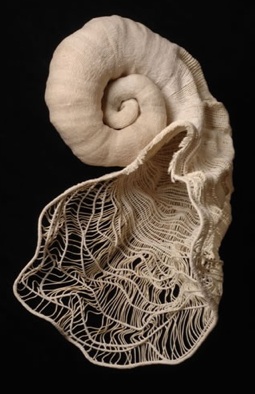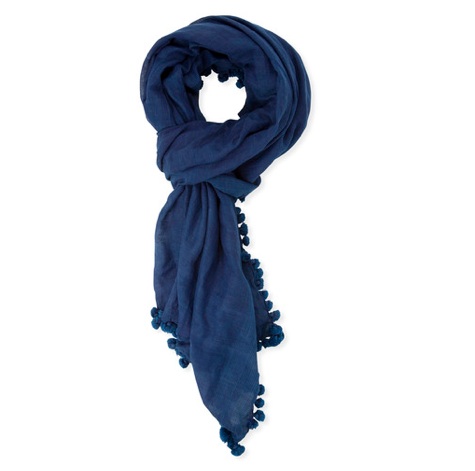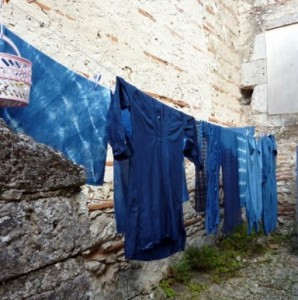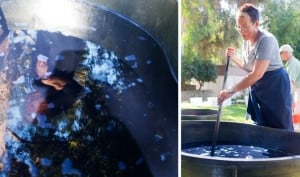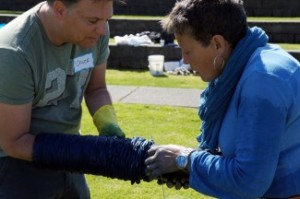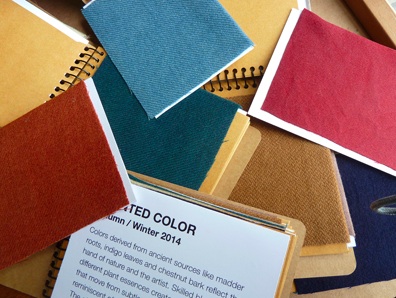
Botanical Colors Joins Makers Row’s Roster of U.S. Manufacturers
Do you know about Maker’s Row? Well, Botanical Colors just got listed on it and we are so proud to be part of their online database for U.S. manufacturers. Maker’s Row wants to make it easier for businesses to access and produce their goods from companies in the United States. To help with that, the New York City-based startup launched an online database that seeks to provide “unparalleled access” to industry-specific factories and suppliers across the country. Its first offering, which targets apparel and accessory manufacturers, couldn’t have come at a better time. From automobiles to Apple computers, a “made … Read more





